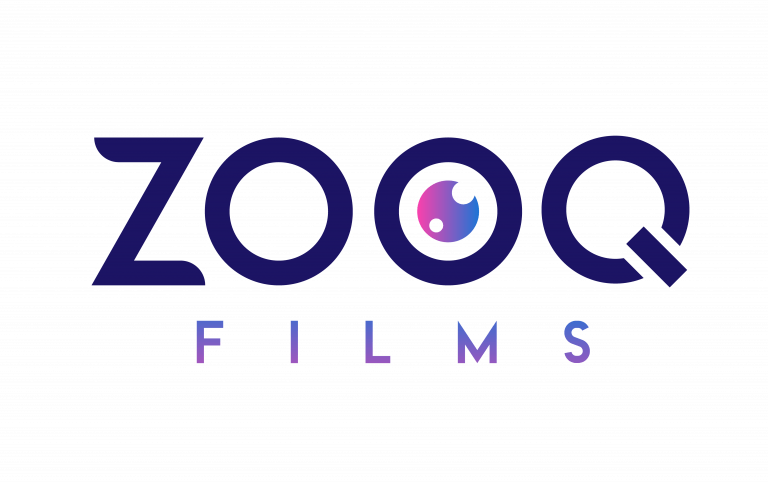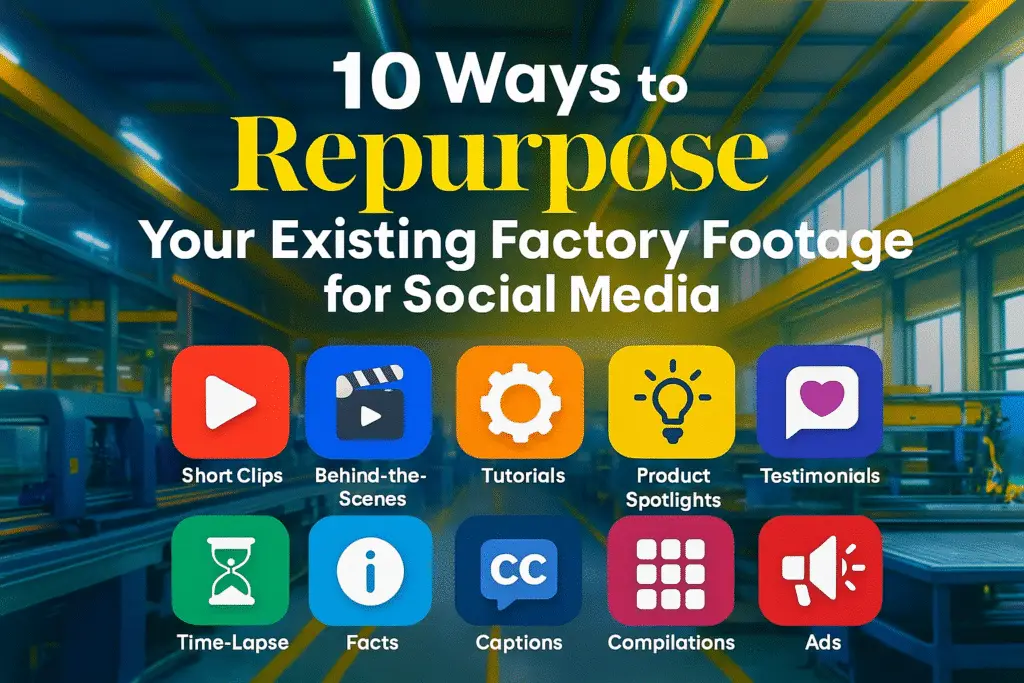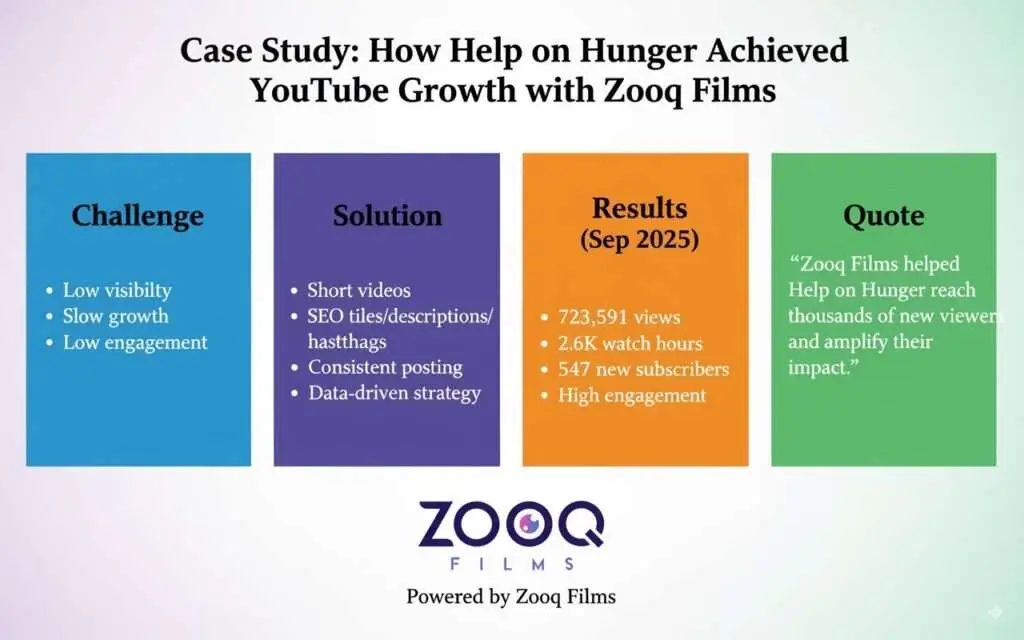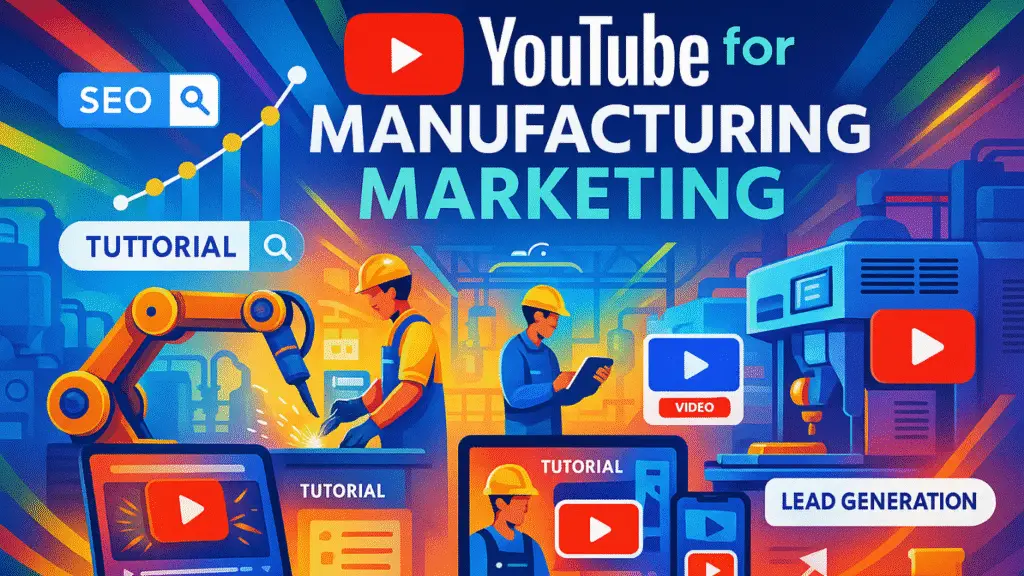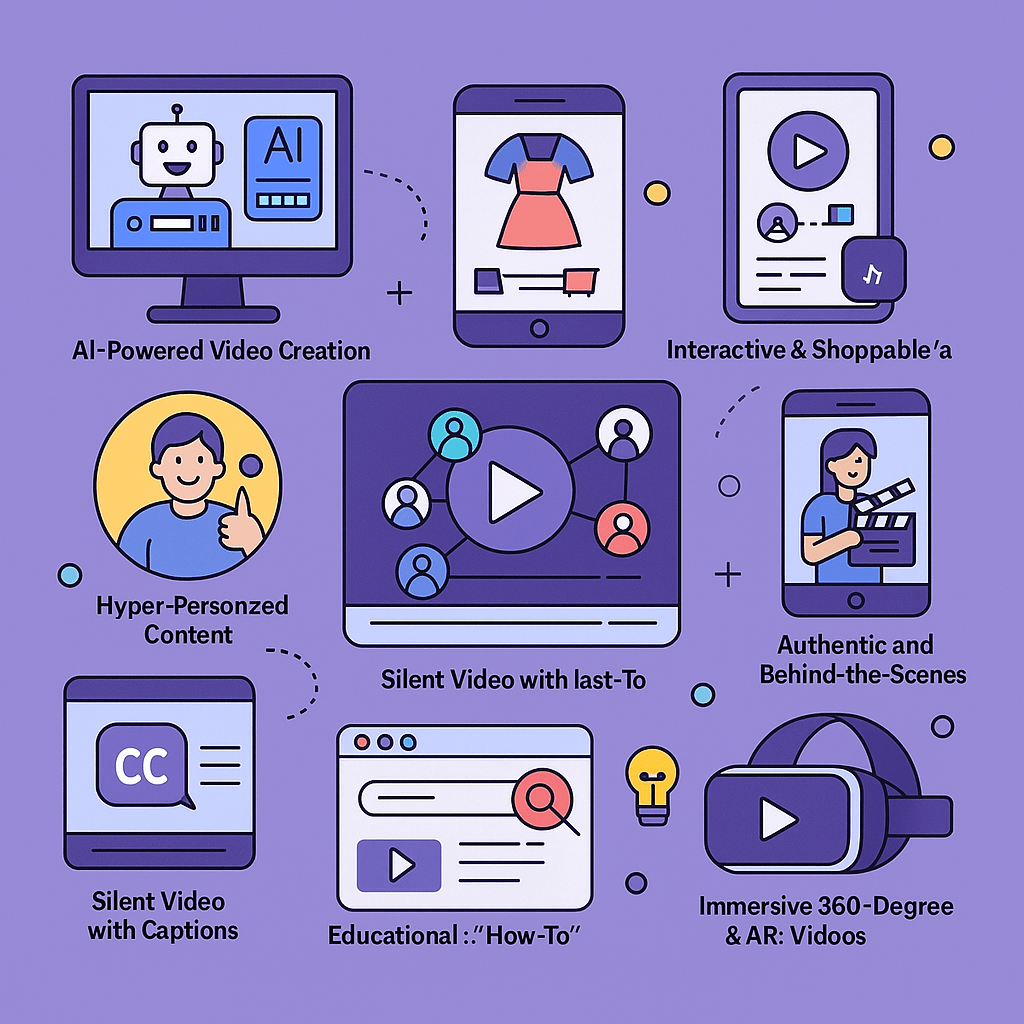Video editing software has come a long way, making it easier than ever for beginners and professionals to create high-quality content. Whether you are making YouTube videos, marketing content, short films, or social media clips, the right editing tool can make all the difference. However, with so many options available, choosing the right one can be overwhelming.
1. Adobe Premiere Pro:
Adobe Premiere Pro is one of the most widely used video editing software by professionals. It is known for its advanced features, flexibility, and integration with other Adobe Creative Cloud applications.
Pros:
– Professional-grade editing tools suitable for filmmakers, content creators, and businesses
– Supports a wide range of file formats, including high-resolution 4K and 8K videos
– Seamless integration with Adobe After Effects, Photoshop, and Audition for advanced editing
– AI-powered tools like auto-reframe and color correction to enhance workflow
– Constant updates and improvements with cloud syncing options
Cons:
– Expensive monthly subscription, making it less affordable for beginners or hobbyists
– Requires a powerful computer to run smoothly, especially for high-resolution video projects
– Steep learning curve for beginners who are new to professional editing software
2. Final Cut Pro:
Final Cut Pro is Apple’s professional video editing software, designed exclusively for macOS users. It is known for its fast performance and intuitive interface, making it a favorite among YouTubers and filmmakers.
Pros:
– Optimized for macOS, providing smooth and efficient performance
– One-time purchase instead of a subscription model, making it cost-effective in the long run
– Magnetic timeline feature for easy arrangement of clips without unwanted gaps
– Excellent color grading and motion graphics tools
– Supports 360-degree video editing and VR content creation
Cons:
– Only available for macOS users, leaving Windows users without access
– Lacks some features found in Adobe Premiere Pro, such as seamless integration with third-party applications
– Takes time to get used to if you are switching from another editing software
3. DaVinci Resolve:
DaVinci Resolve is a powerful video editing software known for its industry-leading color grading tools. It offers both a free and a paid version, making it a great choice for beginners and professionals alike.
Pros:
– Free version includes most of the essential editing and color grading features
– Industry-standard color correction and grading tools
– Advanced audio editing with Fairlight audio tools
– Efficient workflow for both video editing and post-production
– One-time purchase for the Studio version, making it more affordable than subscription-based software
Cons:
– Can be resource-intensive, requiring a high-performance computer for smooth editing
– Complex interface that may take time to learn, especially for beginners
– Some advanced features are locked behind the paid Studio version
4. HitFilm Express:
HitFilm Express is a free video editing software that also offers advanced VFX tools, making it a great option for beginner and intermediate video creators.
Pros:
– Free version comes with a good set of editing and visual effects tools
– User-friendly interface that is suitable for beginners
– Advanced VFX features, including green screen effects and 3D compositing
– Frequent updates and new features in the paid version
Cons:
– Some features require purchasing add-ons, which can add up over time
– Not as powerful as industry-leading software like Premiere Pro or DaVinci Resolve
– Learning curve can be steep for users new to VFX editing
5. iMovie:
iMovie is Apple’s free video editing software, designed for macOS and iOS users. It is perfect for beginners who need an easy-to-use tool for basic video editing.
Pros:
– Completely free for macOS and iOS users
– Simple and intuitive interface, making it ideal for beginners
– Built-in themes, transitions, and effects for quick video creation
– Seamless integration with Apple devices and Final Cut Pro
Cons:
– Limited advanced editing features, making it unsuitable for professional projects
– Only available for Apple users, leaving Windows users without access
– Not suitable for high-resolution or complex video editing needs
6. Filmora:
Filmora is a popular video editing software for beginners and casual video creators. It offers an easy-to-use interface with drag-and-drop editing features.
Pros:
– Affordable pricing with both a free version and a one-time purchase option
– Simple drag-and-drop interface, great for beginners
– Built-in effects, transitions, and templates for quick video creation
– Lightweight software that runs well on mid-range computers
Cons:
– Free version adds a watermark to exported videos
– Lacks advanced editing tools needed for professional work
– Limited customization options compared to Premiere Pro or DaVinci Resolve
7. CyberLink PowerDirector:
CyberLink PowerDirector is a powerful and feature-rich video editing software that balances ease of use with professional-level tools.
Pros:
– Fast rendering speeds and smooth performance
– Affordable pricing with multiple purchasing options
– Includes AI-powered tools for easy editing and enhancements
– Supports 360-degree video editing and motion tracking
Cons:
– Windows-only, limiting access for macOS users
– The interface can feel cluttered for beginners
– Some advanced features are locked behind the premium version
Conclusion:
Choosing the right video editing software depends on your needs, budget, and level of experience. If you are a professional looking for industry-standard tools, Adobe Premiere Pro or DaVinci Resolve might be your best bet. For macOS users, Final Cut Pro and iMovie provide smooth performance and an intuitive interface. Beginners looking for a simple yet effective editor can try Filmora or HitFilm Express.

